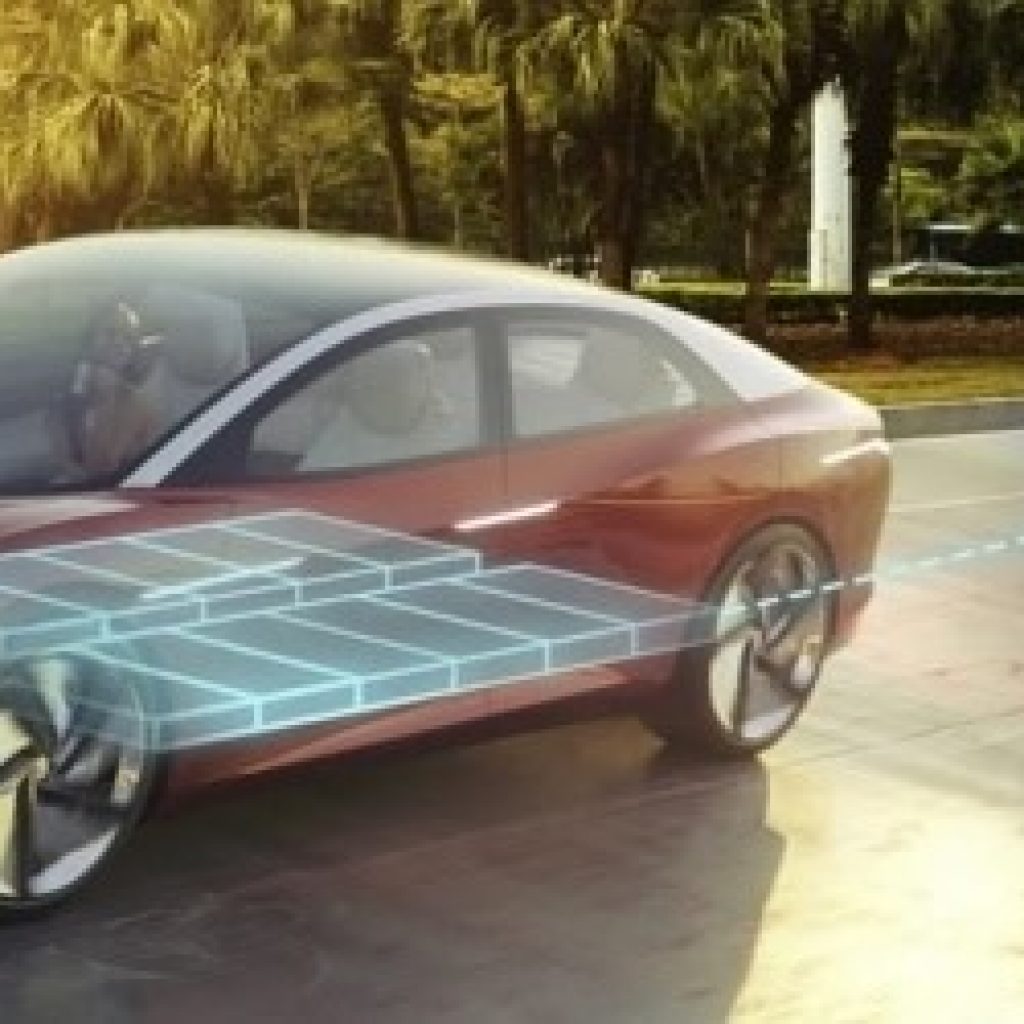(EETimes) Quantum computing is being applied to a critical energy storage problem: Improving battery simulation models that could help accelerate research into safer, more efficient energy storage along with new battery materials for electric vehicle and other consumer applications.
Cambridge Quantum Computing, a developer of quantum computing algorithms, is working with the German Aerospace Center to investigate how quantum machines can be used to boost the fidelity of battery simulations. The quantum algorithms are being applied to solve partial differential equations, rendering an initial one-dimensional simulation of a lithium-ion battery cell.
Once processed, the machine learning framework provides the foundation for rendering full 3D battery simulations that can be executed on “Noisy Intermediate-Scale Quantum” computers. The German research center said it would run its quantum simulations on an IBM Q quantum machine.
“We would like to improve the performance of the [Li-ion] battery, which means how much energy they can store without compromising on safety,” said Mattia Fiorentini, head of machine learning and quantum algorithms at Cambridge Quantum.
The research also addresses battery durability and supply chain issues such as reducing reliance on lithium used in commercial batteries. Research could also focus on alternative battery materials like plentiful, high-energy zinc.
The goal of the collaboration is using a quantum-based machines to simulate an entire battery system. The resulting model would provide a detailed profile of battery performance while also being used to focus on specific aspects of battery design.
That would enable researchers to “tune and improve all aspects of a battery,” including rapid prototyping of new materials and assessing their behavior. That opens the possibility of speeding assessment of performance characteristics like energy densities that can be safely stored, toxicity, durability and battery behavior measured over a longer time span, said Fiorentini.
Improving Battery Simulation Models via Quantum Computers
